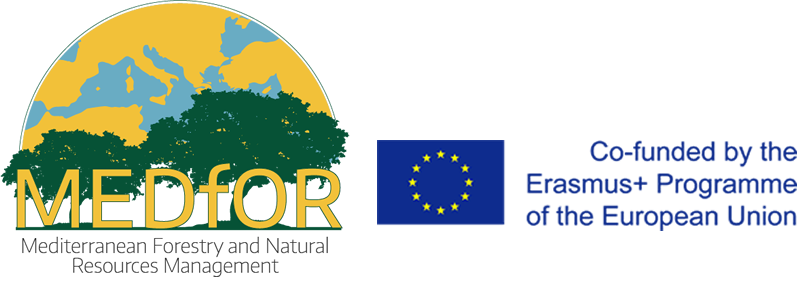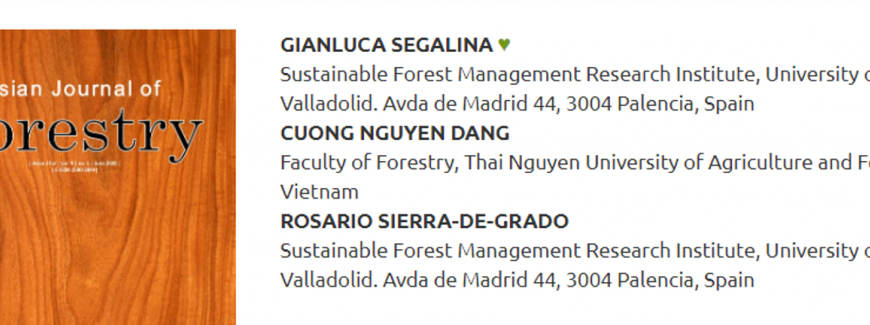Scientific Publication from MEDfOR Alumni!
21/05/2020Congratulations to our MEDfOR student, Gianluca Segalina who recently publish the results of his master thesis on the Asian Journal of Forestry! Gianluca did his master thesis in 2019, at the University of Valladolid, in collaboration with the Thai Nguyen University of Agriculture and Forestry in Vietnam. All his field work was done in Vietnam.
"Thinning scenarios to reconcile biodiversity conservation and socio-economic co-benefits in protected forest of Vietnam: Effects on habitat value and timber yield"
Abstract. Forest protection policy since the 1990s in Vietnam has led to an overall increase in forest cover, but has also adversely impacted the livelihoods of local populations and has displaced deforestation to neighboring countries. As such, it is necessary to explore strategies to achieve sustainable utilization of tropical forests in a way that is compatible with the preservation of biodiversity. One of which is by selective thinning. This study aimed to analyze the habitat and economic value of the trees in a forest block, then comparing the effects of four thinning scenarios on profit and habitat value. We simulated four thinning scenarios and assessed their effects on biodiversity and economic value. The scenarios were defined according to two criteria: tree dominance and tree habitat value. The study took place in a one-hectare plot of marteloscope located in a naturally regenerated mixed forest enriched with native tree species. The habitat value, evaluated by tree-related microhabitats, was used as a proxy for biodiversity. In our study, as many 58 different tree species were found within the marteloscope. Co-dominant trees with a higher diameter at breast height yielded the highest average habitat value, which coincides weakly with findings in temperate forests. In our study, the biodiversity conservation criterion had only a marginal effect on economic benefit. Both results together show that a meeting point between profitability and biodiversity conservation is possible."




